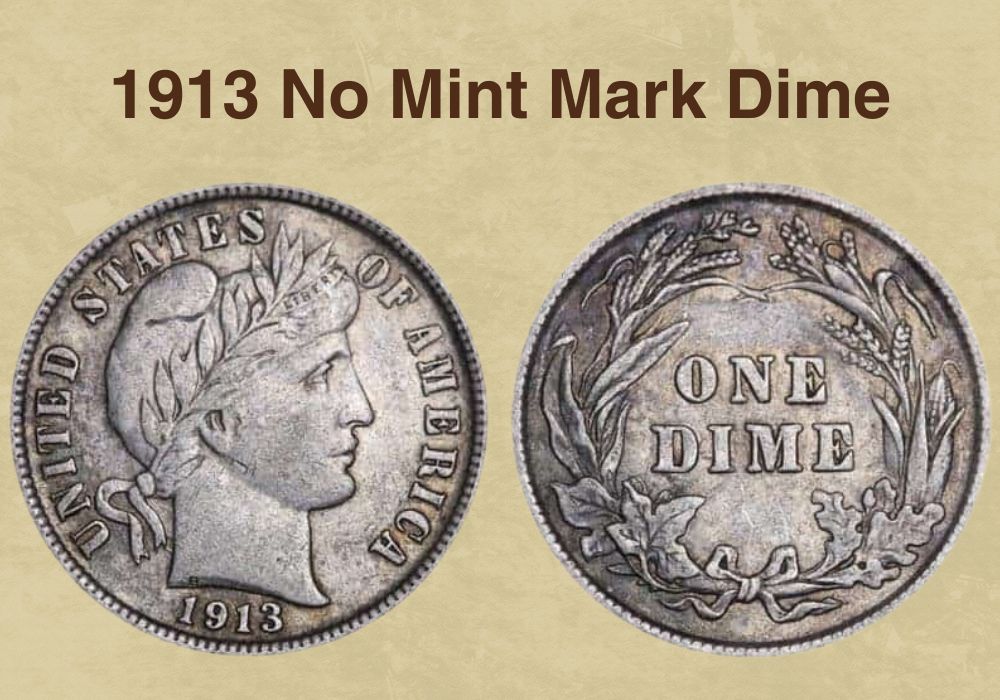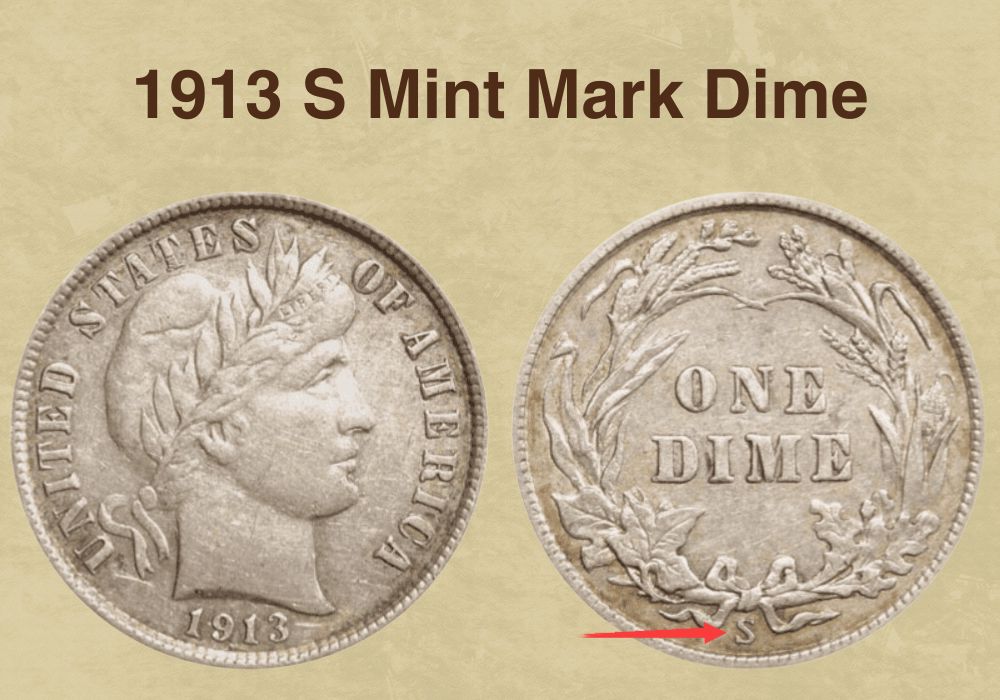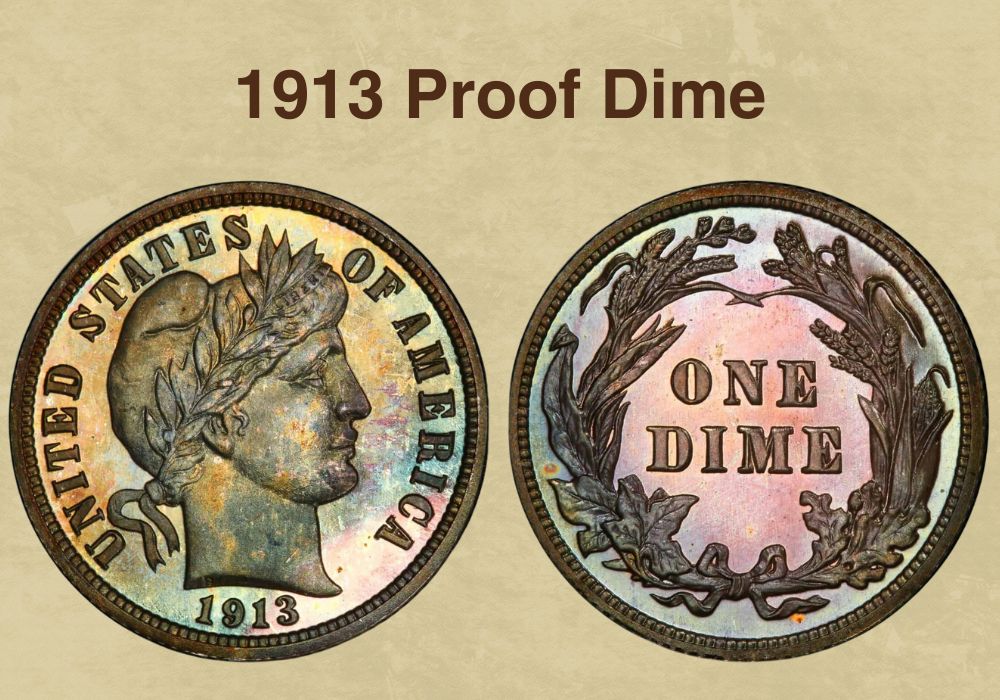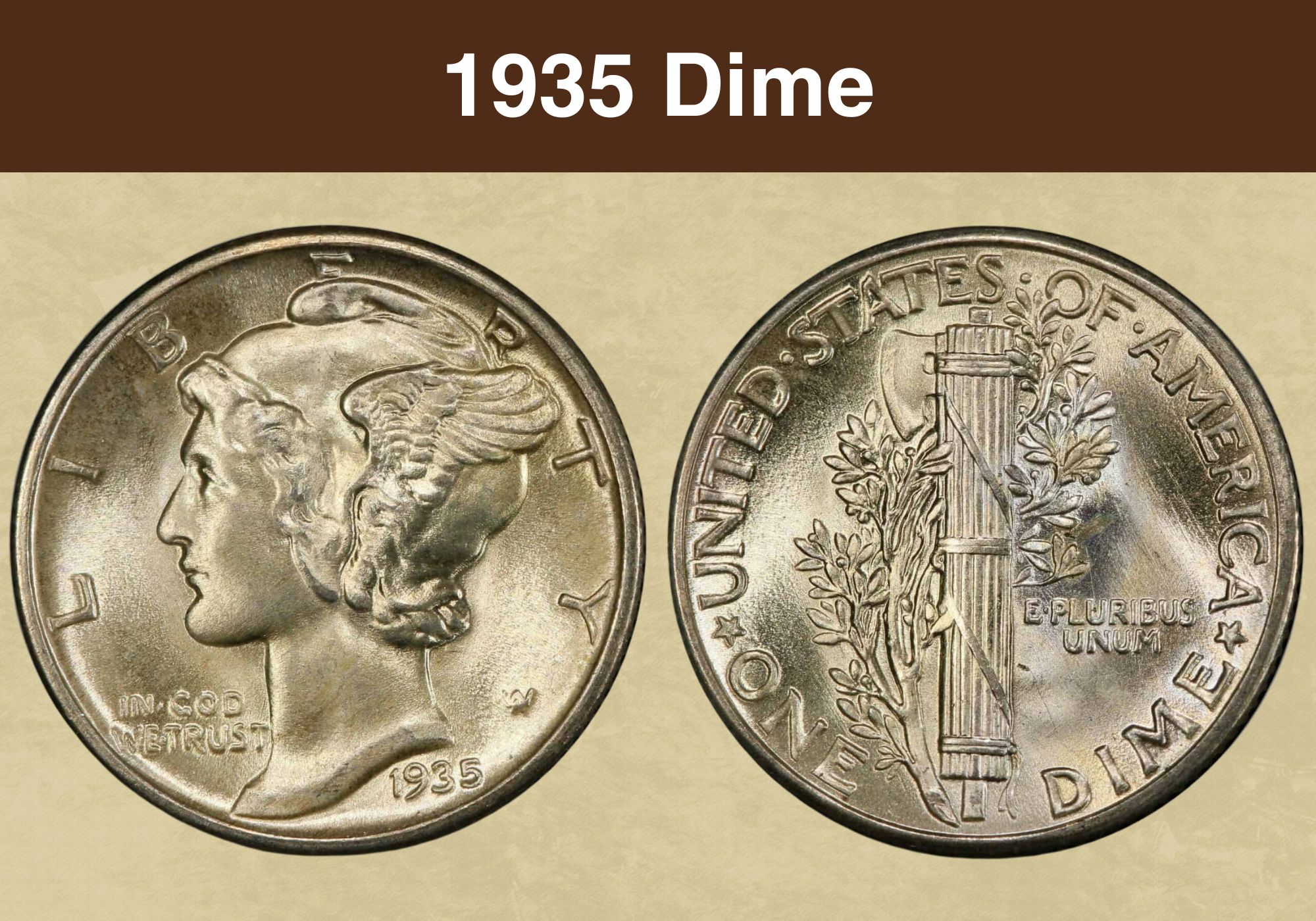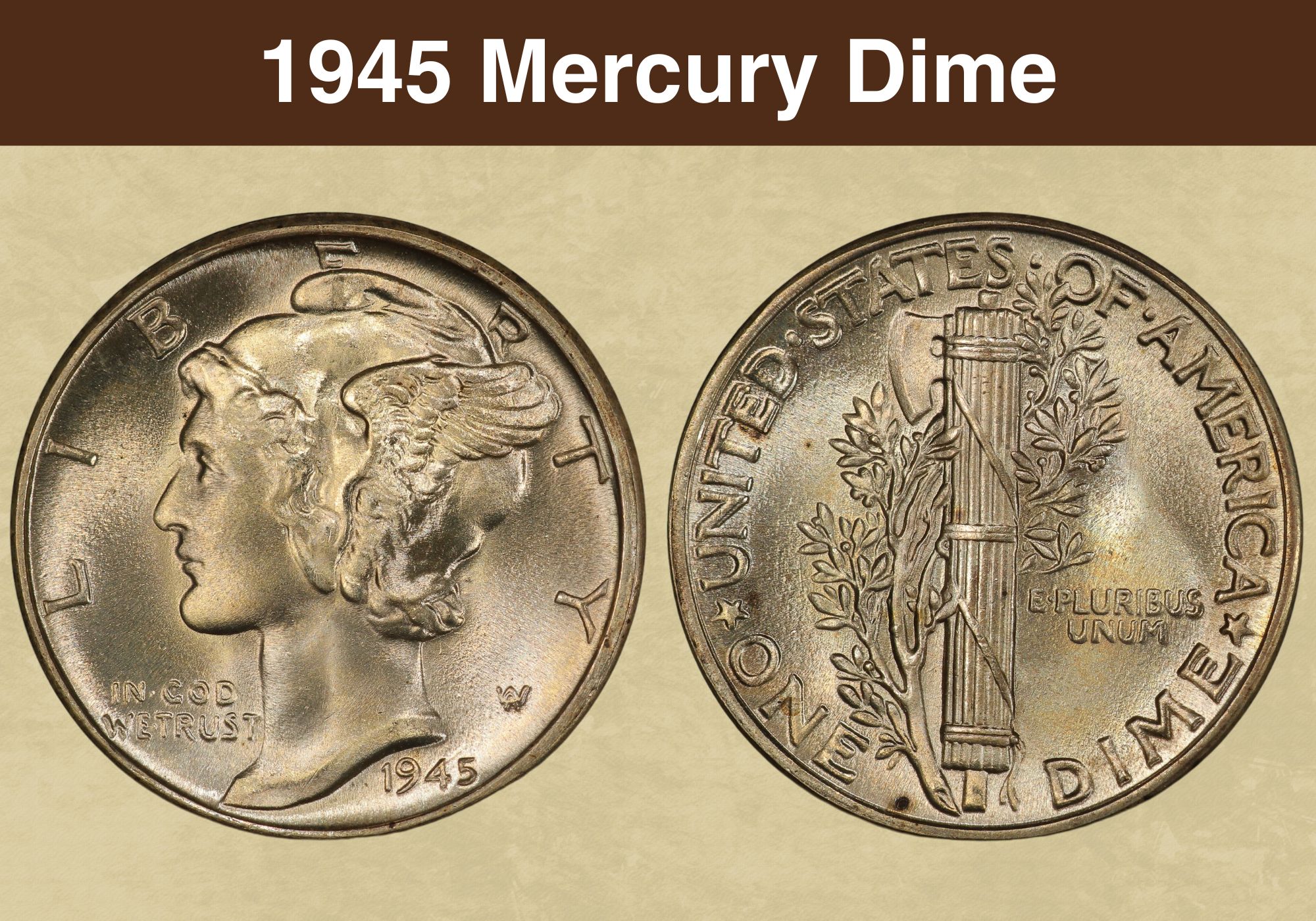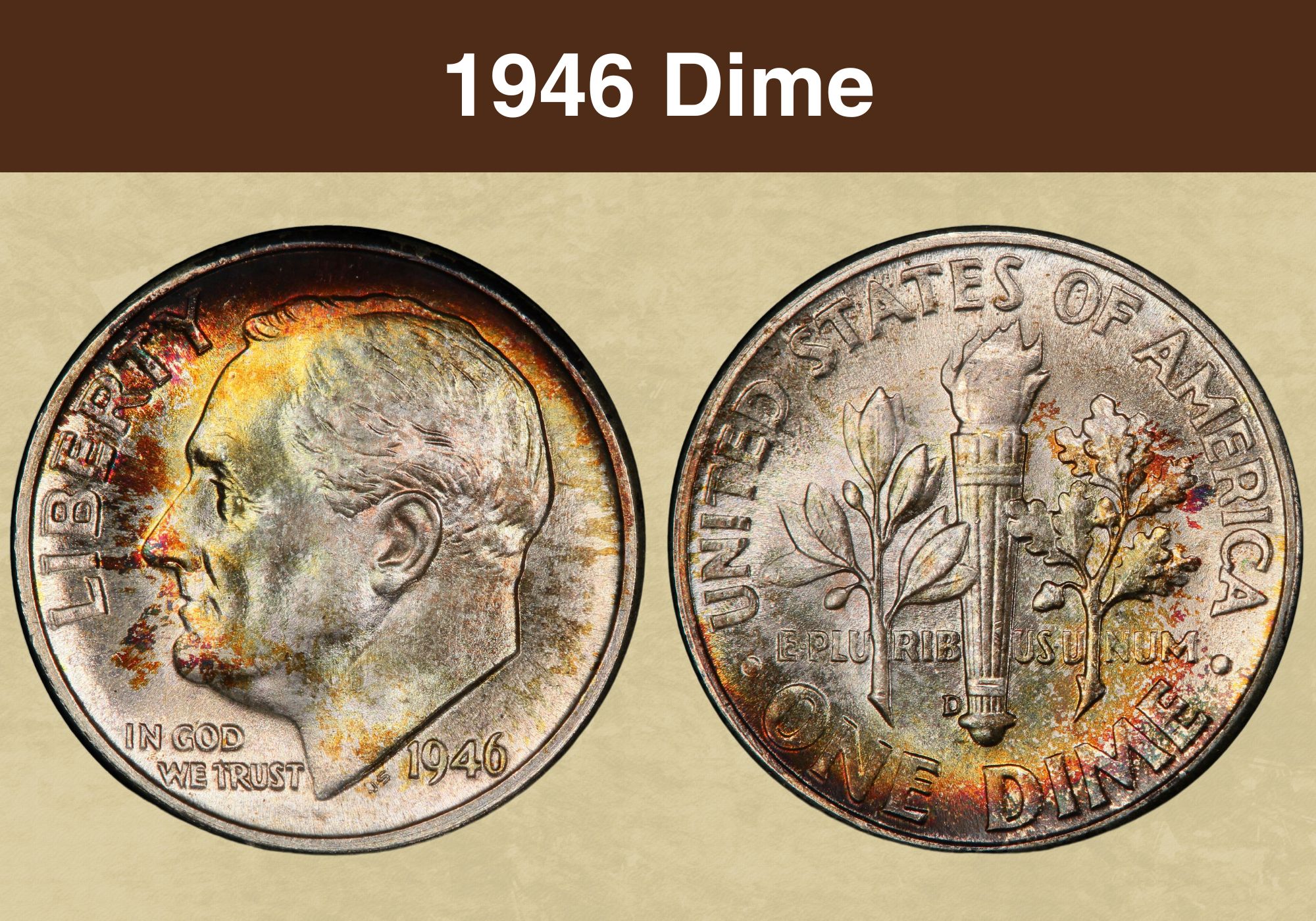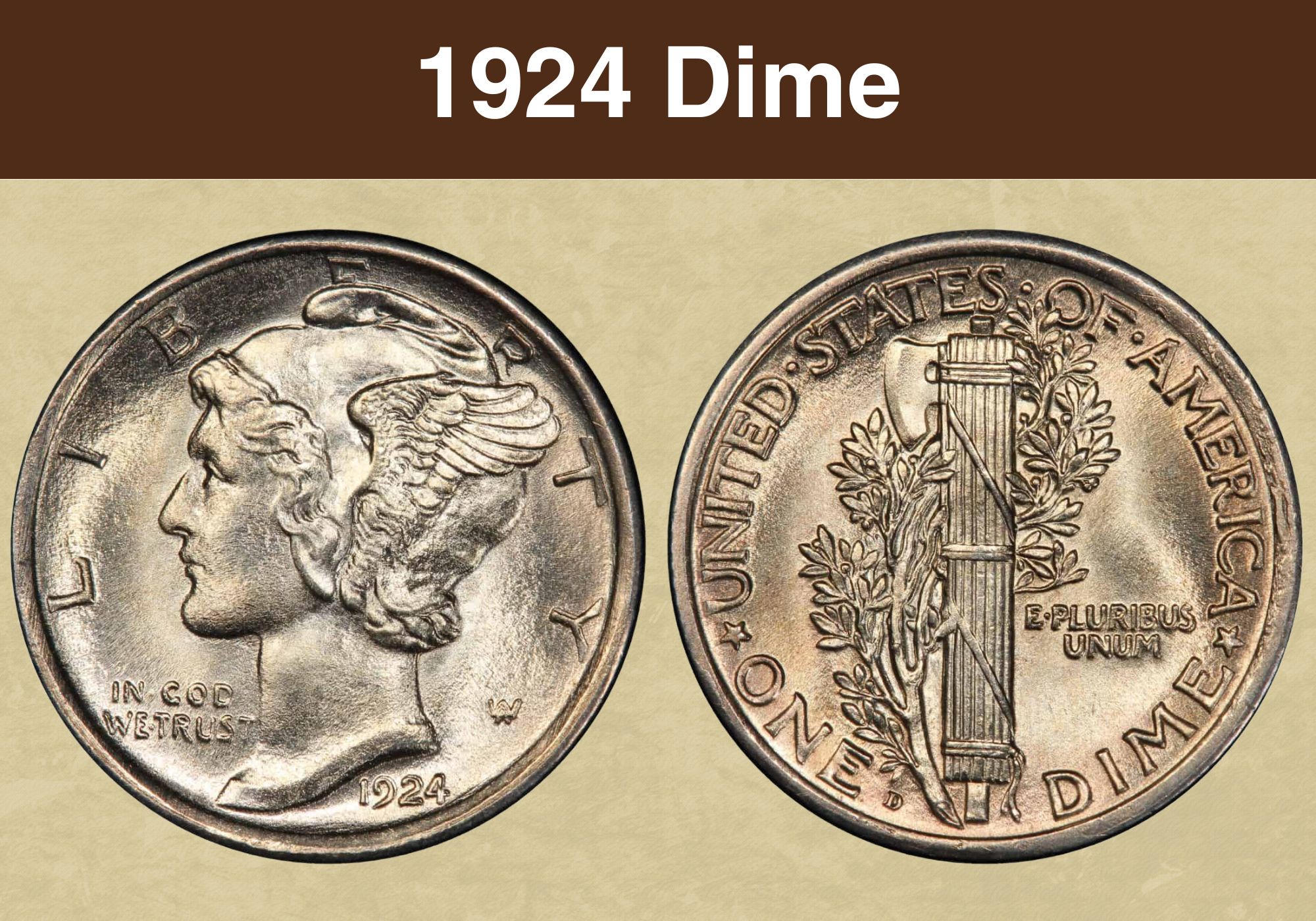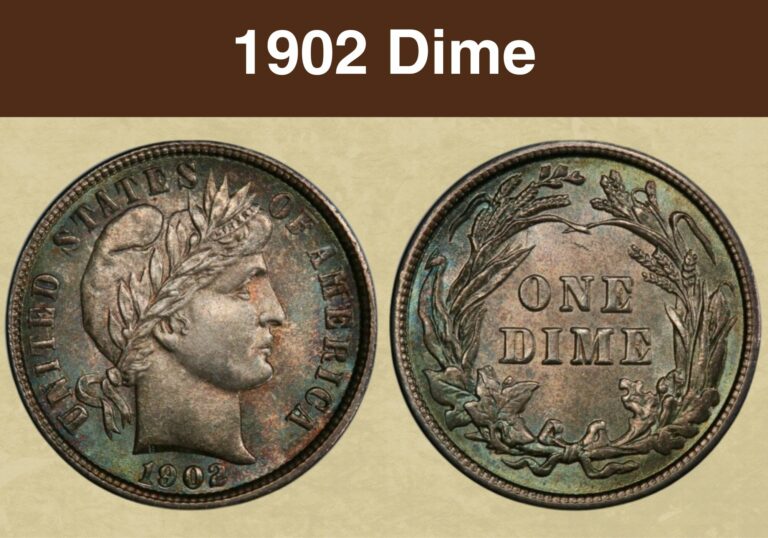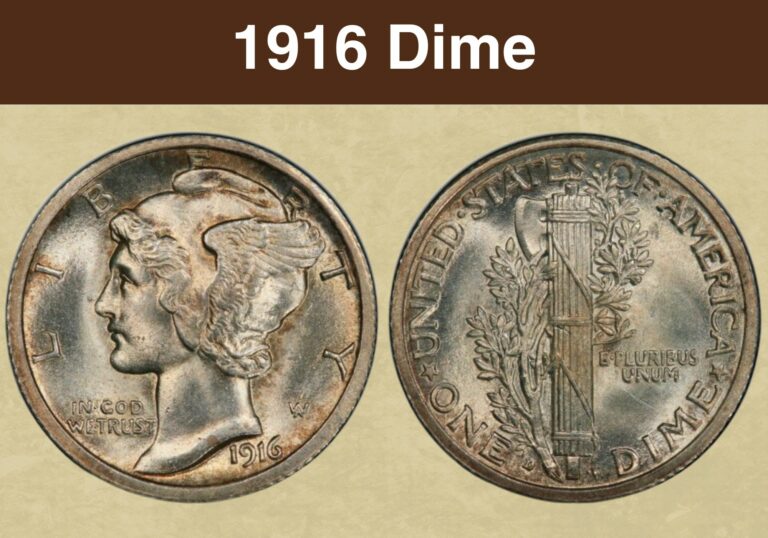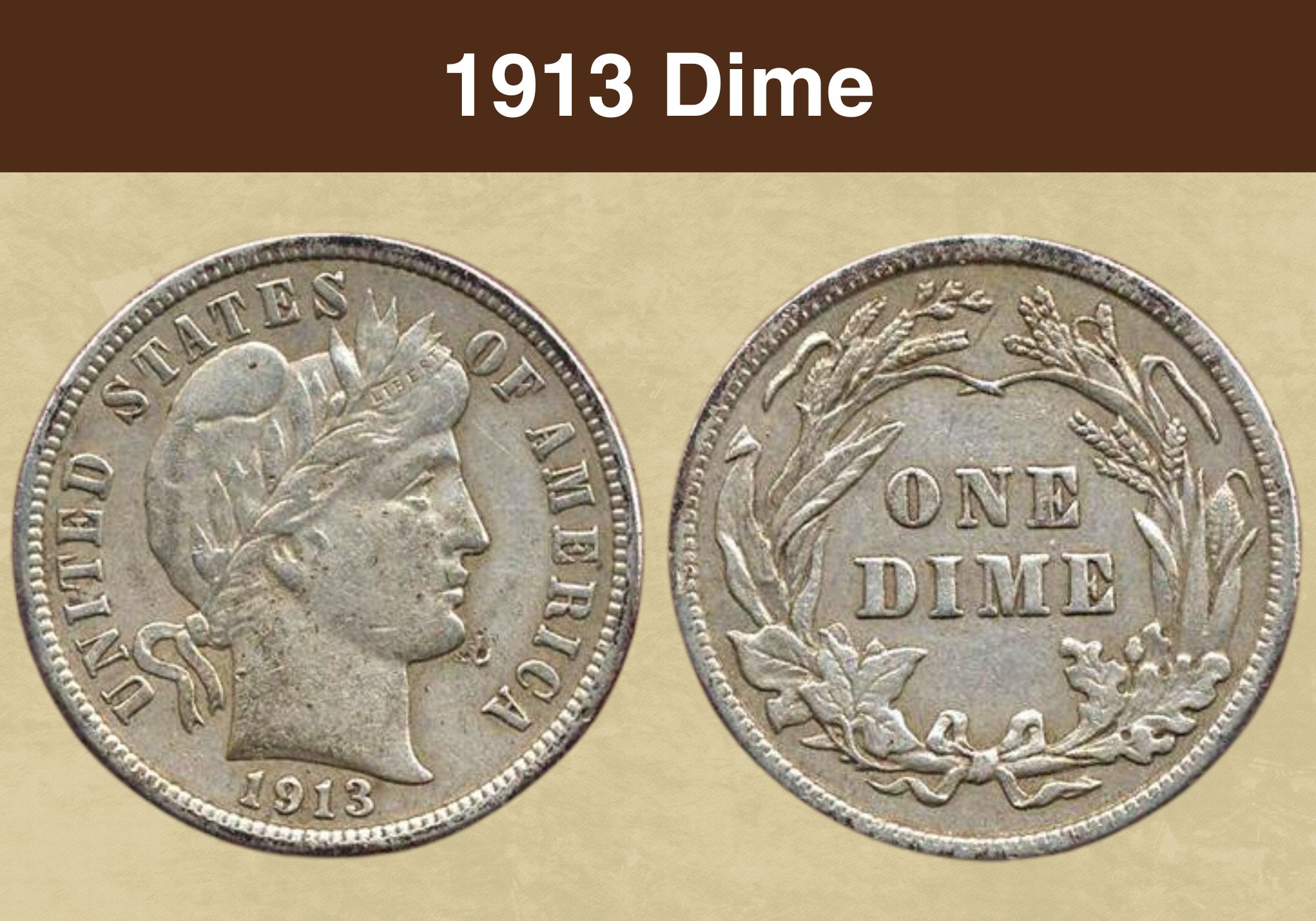
Coin Value Contents Table
Here’s a tale of the 1913 dime value. In this article, we provide all there is to know about these dimes, popularly known as the Barber Dimes.
The history, distinct features, and specifications will be made available in this piece. We implore you to keep reading to find out if that 1913 dime in your possession will fetch you huge bucks in the coin market.
1913 Dime Value Chart |
||||
| Mint Mark | Good | Fine | Extremely Fine | Uncirculated |
| 1913 No Mint Mark Dime Value | $7.27 | $12 | $36 | $153-$234 |
| 1913 S Mint Mark Dime Value | $47 | 153 | $293 | $869-$1423 |
1913 Dime Grading
Professionals should grade 1913 Barber dimes as this coin is quite old. Also, we recommend resisting the urge to clean your dimes yourself, as this can affect the integrity of the coin and deplete its value.
Here are some of the most common grades available for the 1913 dimes.
AG 3
The AG stands for About Good, and coins in this grade are heavily worn out, with almost all the details barely visible. A quick look at the rim of coins that fall in this category and you will notice that the rim around the edges will be hard to distinguish from the letters and wreath on the reverse of the coin.
G 4
Good grade 1913 Barber coins are only slightly more visually appealing than those graded AG 3. Here a few of the details will still be visible. However, the major difference is that, unlike the AG 3 grade, the reed here should still be full.
VG 8
VG 8 1913 Barber dimes rank higher than G 4 grade 1913 Barber coins. Here, the details for the wreath should be a bit visible, and three of the letters in the inscription “LIBERTY” should be clear.
F 12
F 12 graded Barber dimes have all the letters in the word “LIBERTY” visible and showcase wreath details that would be barely discernible on any of the lower grades.
VF 20
VF 20 grade 1913 dimes coins have visible laurel wreath details, a fully visible LIBERTY inscription, and considerable detail on the coin’s reverse.
EF 40
Extremely Fine dimes have the details on the back extremely visible to the naked eye. On the obverse, the hair on the forehead has dimensionality, and overall, there will be only very little wear.
AU 50
AU-graded coins are all about surface quality and the original luster of the coin. All details here are very visible, and you should only notice wear at the high points of this coin.
MS 60+
Finally, the MS 60+ grade 1913 dimes, the queen of the ball. This highly coveted coin grade must have no sign of wear at the high points and be free of abrasive cleaning for them to qualify as Mint State Uncirculated 1913 Barber dimes. They may possess dips or hairlines.
N.B: This will reduce the value of the dime slightly.
Here is buttressing more on how to grade the 1913 dimes to determine their value
| # | Grade |
|---|---|
| 1 | Basal State-1 |
| 2 | Fair |
| 3 | Very Fair |
| 4, 5, 6 | Good |
| 7, 8, 10 | Very Good |
| 12, 15 | Fine |
| 20, 30 | Very Fine |
| 40 | Extremely Fine |
| 50 | About Uncirculated |
| 60 | Mint State |
| 65 | Mint State |
| 70 | Mint State |
Please check our grading guides to know your coin scale, It’s the necessary step to know the exact value of your coin.
Check out now: How to Grade Barber Dime?
1913 No Mint Mark Dime Value
Charles E. Barber, Chief Engraver of the United States Bureau of the Mint, designed the 1913 dimes, a series that started in 1891 and extended till 1916. Hence the reason why the Dimes are also known as the Barber dimes. In addition to this, Charles E Barber also designed the Barber Quarters and Barber Half Dollars.
Charles was born in London in 1840; he came to America through his Grandfather, an engraver who moved him and the entire family to America in the early 1850s.
The engraving skills of Williams, Charles’ Father, caught the attention of the Mint Chief Engraver James B. Longacre, so he was employed as an Assistant engraver in 1865. He later became Chief Engraver after Longacre died and engaged his son Charles as Assistant Mint Engraver.
After Williams passed on due to a swimming-related illness, Charles sought to replace his Father as the Chief Engraver. After contending with another British-born Engraver named George T Morgan, he emerged victorious as he was recommended by many in authority. Charles Barber served 9 Presidents of the United States until he died in 1917.
Charles Barber’s design on the 1913 Dimes was borne out of the need and pressure to change the Seated Liberty Design, which was struck on dimes before 1891.
This design by Christian Gobrecht, an engraver at the United States Mint in Philadelphia, was increasingly disliked by several Americans. The Galaxy Magazine was quoted to have questioned why the United States had the ugliest coin in a civilized society.
Once the bill to change the designs on the half dollar, quarter, and dime was passed, Charles spoke to Mint Director Edward O Leech about conducting a contest to choose the best design. Although the competition was open to the public, ten names came from Andrew Mason, superintendent of the New York Assay Office.
However, there was a problem, Leech was only willing to offer the winner compensation, while the others would go without receiving any form of reward.
After the artists refused the terms of the competition and Leech couldn’t go above the budget of $500, which was to be awarded to the winner, on June 11, 1891, he instructed Barber to prepare the new designs for the Half Dollar, Quarter, and Dime.
After a series of corrections ensued between Barber and Leech, the new pattern for the dimes was finally struck in mid-November 1891, and on January 2, 1892, at exactly 9 am, the three Mints began striking dimes.
The Obverse
The obverse of the 1913 dime features a right-facing bust of Liberty. It is said that there was little to no originality here as the head is modeled after the French “Ceres,” which featured in their 19th Century coinage, not to mention the similarity between it and the design of the Morgan Silver dollar.
Here she wears a pileus with a headband with Liberty inscribed on it. Also, on the obverse, you’ll see “United States of America” and 1913 written above Liberty’s head. On close observation, you’ll find Barber’s monogram “B” on Liberty’s neck’s cutoff.
The Reverse
On the reverse, which is very similar to the 1860 dime, only minor changes were made. Here, you’ll find oak leaves, maple, a wreath of corn and wheat encircling the words “One Dime”. Also, on the reverse, you’ll find that the mint mark is placed just below the wreath.
Specifications
No mint mark dimes from 1913 were produced in Philadelphia, with a mintage of 19,760,622 dimes. A typical 1913 dime comprises 90% silver and 10% copper, giving it a melt value of $1.8352. They have a diameter of 17.9mm and weigh 2.5 grams.
Value
Although the 1913 dime has a face value of 1 dime, it is worth far more than its face value today. Of course, this is subject to the grade of the coin in question. A typical no mint mark 1913 dime in uncirculated condition will fetch you anywhere between $153 to $234, depending on its position on the Sheldon scale.
Uncirculated 1913 dimes with no mint marks are valued much higher and can cost $185 to $6750 if you are lucky enough to find one graded MS67 by the PCGS. Unsurprisingly, this reeded edge dime designed by Charles Barber sold for $7,334 at an auction held by Legend Rare Coin Auctions on February 23, 2023, only two months after this piece was compiled.
1913 S Mint Mark Dime Value
The San Francisco Mint is the only other Mint that produced dimes in 1913. The Mint only produced 510,000 pieces of this dime, which can be easily recognized by identifying the mint mark below the wreath on the reverse. 1913 dimes from San Francisco are recorded to have the third-lowest mintage of any coin in the history of the United States Mint.
Value
Owing to the low mintage of the 1913 S mint mark dimes, finding them in circulated condition is a challenging task, but when found, they can cost as much as $869 to $1423. 1913S mint mark dimes in uncirculated condition are worth much more as they can cost as much as $12,000 when graded MS67 according to professional coin grading service.
1913 Proof Dime Value
In addition to the regularly struck dimes from the Philadelphia and San Francisco Mint, there are also Proof dimes. They have a mintage of 622, all from the Mint in Philadelphia.
Also, like other coins, they are graded based on the amount of contrast between the coin’s relief and background, also known as the coin’s Cameo. The relief typically shows a frosted finish, while the background field is mirror-like.
Value
These dimes can sell for as high as $30,000 when graded PR69 in the Numismatic world. An auction record on PCGS shows a PR69 Proof 1913 dime sold in 2017 for $37,000, while a PR67+CAM was sold for $8,519 in 2017 by Legend Rare Coin Auctions.
Also read: Top 17 Most Valuable Roosevelt Dimes Worth Money
Rare 1913 Dime Errors List
1913 dimes are rare; finding error coins from this series will be a miracle. Although a few die errors are believed to exist, the coin’s known relief makes it hard to discern with the naked eye.
Finally, if you find one or see someone trying to sell one to you, ensure it is a mint error and not damage created by another individual trying to pass the coin off as a mint error.
Also read: 13 Most Valuable Dime Errors Worth Money
Where to Sell Your 1913 Dime ?
Now that you know the value of your coins, do you know where to sell those coins online easily? Don’t worry, I’ve compiled a list of these sites, including their introduction, pros, and cons.
Check out now: Best Places To Sell Coins Online (Pros & Cons)
1913 Dime FAQs
How Can You Tell if a Dime is Rare?
One sure way to tell if a dime is rare is by examining for the “CC” mintmark. CC here stands for Carson City dimes struck between the years 1871 to 1874. Dimes bearing this mark are extremely rare and it is estimated that only about 10,000 of them were produced and released to be circulated.
What Barber Dime is Worth Millions?
One dime that is actually worth millions of dollars is the 1894-S Mint mark barber dime. The story about how this dime came to be is traced to John Daggett, the Superintendent of the San Francisco Mint in the year 1894. It is said that he instructed that 24 special dimes be struck. John gave three of these coins to his daughter to keep till she was older. However, she took one of the dimes and used it to buy ice cream.
What Barber Dimes are Rare?
Although Barber Dimes can be hard to come by, we’ve found that the rarest of the lot include the 1894-S Barber dimes and the 1893 dimes, and the 1895-O Dime.
What Other Coins Did Charles E. Barber Design?
Excluding the Barber Dimes, some other coins American coin Engraver, Charles Barber designed include, the $4 US gold Stella which was produced from 1879 to 1880. Barber and George T. Morgan, another American coin Engraver designed this coin featuring LIberty’s bust on the obverse and a five-point star on the reverse.
He also designed the Liberty head “V” Nickel which ran from 1883 to 1913. This was his first mainstream coin design. This coin had a left-facing bust of Liberty on the obverse and the Roman numeral “V” on its reverse.
After this, Charles designed the popular Barber coins which include the Quarter, Half Dollar and Dime. This coinage spanned from 1891 when the first plaster silver dollar was created to 1915 for the Half Dollar coins and 1916 for the dime and Quarters.
Finally, Barber also designed Non-US coins for places like Hawaii which in 1883 was not a part of the US, Cuba and Venezuela. Some of these coins include the Columbian Half Dollar, the silver Hawaii coins of 1883, the 1893 Isabella Quarter and the 1900 Lafayette dollar. He also designed many other coins that did not make it into circulation.

